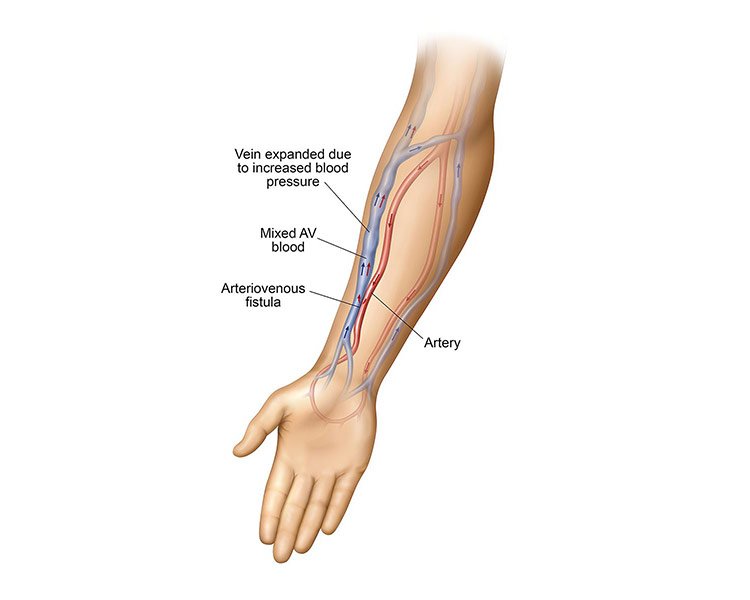Living with kidney disease can be challenging, but thanks to advancements in medical technology, there are numerous interventions available to improve the lives of patients. Dialysis-related interventional procedures play a crucial role in managing kidney disease and its complications. In this comprehensive guide, we’ll explore various interventional procedures, their benefits, and how they empower individuals undergoing dialysis.
Understanding Dialysis
Before delving into interventional procedures, let’s grasp the basics of dialysis. Dialysis is a life-sustaining treatment for individuals with end-stage renal disease (ESRD) or acute kidney failure. It functions as an artificial replacement for lost kidney function, filtering toxins and excess fluids from the blood when the kidneys can no longer perform this vital function.
Types of Dialysis
There are two primary types of dialysis: hemodialysis and peritoneal dialysis. Hemodialysis involves filtering blood outside the body through a dialyzer, while peritoneal dialysis uses the lining of the abdomen (peritoneum) as a natural filter. Both methods have their advantages and are chosen based on individual patient needs and medical considerations.
Interventional Procedures in Dialysis
1. Fistula Creation
A fistula is a surgically created connection between an artery and a vein, typically in the arm. It provides access for dialysis by allowing high blood flow rates, reducing the risk of clotting and infection. Fistula creation is a common interventional procedure that enhances the efficiency and effectiveness of hemodialysis.
2. Angioplasty and Stenting
Patients undergoing hemodialysis may develop stenosis (narrowing) or blockages in their fistulas or grafts over time. Angioplasty involves inflating a balloon to widen the narrowed blood vessels, restoring blood flow. In some cases, a stent may be placed to keep the vessel open, preventing re-narrowing.
3. Catheter Placement
For individuals requiring temporary dialysis access or those who are not candidates for fistula or graft creation, catheters may be used. Interventional radiologists skillfully place catheters into large veins, ensuring reliable access for dialysis treatments.
4. Thrombectomy
Clotting within dialysis access sites can disrupt treatment and compromise patient health. Thrombectomy is a procedure to remove blood clots from dialysis access sites, restoring optimal blood flow and preserving access for future treatments.
Benefits of Interventional Procedures
Interventional procedures in dialysis offer several benefits:
Improved Access: By maintaining or restoring vascular access, these procedures ensure uninterrupted dialysis treatments, vital for patient well-being.
Reduced Complications: Addressing stenosis, clotting, and other issues promptly lowers the risk of complications such as infections and hospitalizations.
Enhanced Quality of Life: Uninterrupted dialysis and reduced complications contribute to a better quality of life for patients, allowing them to lead more active and fulfilling lives.



